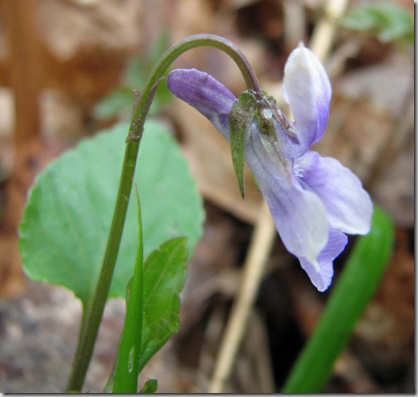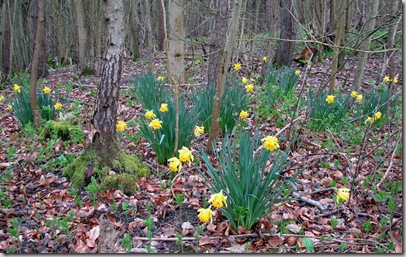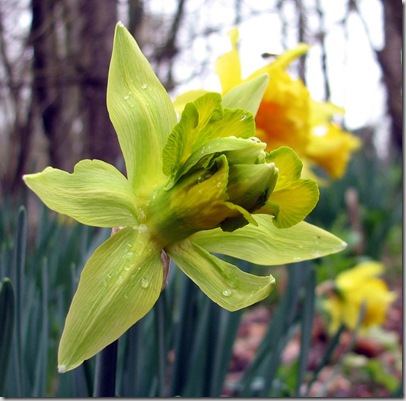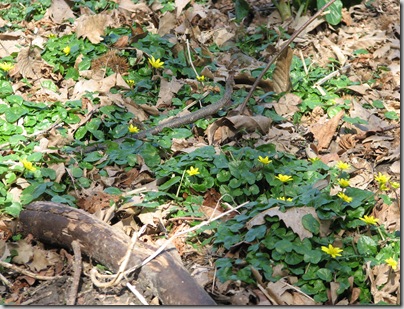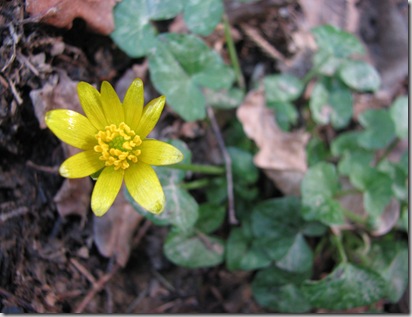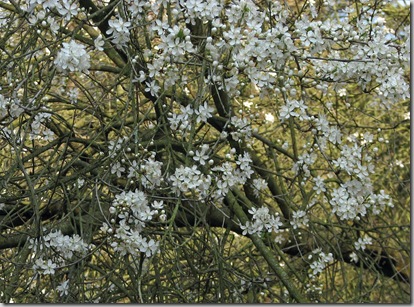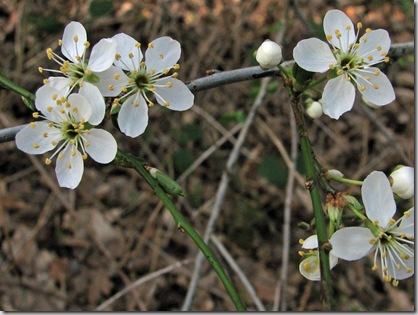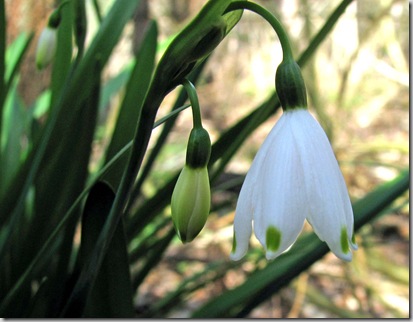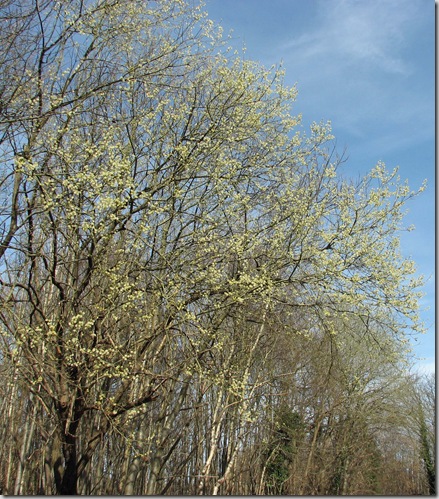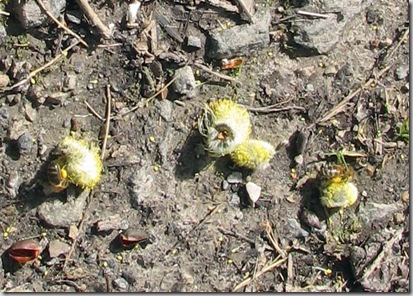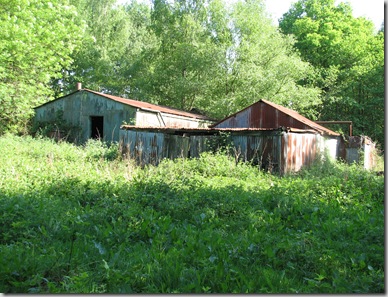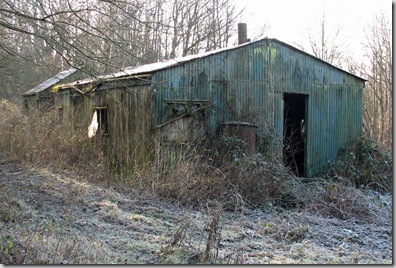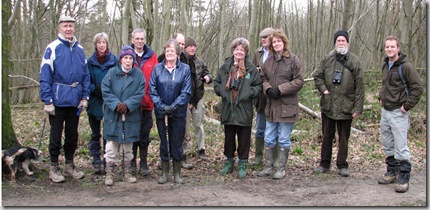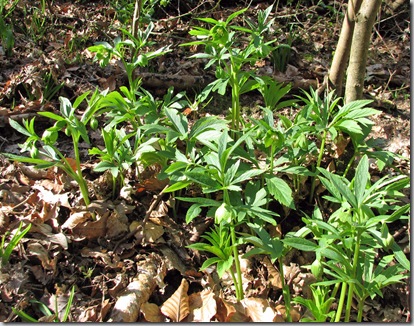Now is the best time to see the early dog-violet (Viola reichenbachiana) as it flowers a little before the common dog-violet (Viola riviniana) which occurs in the same areas. The flowers of the early are slightly paler and have more red in the violet than the common. They are also narrower and have a purple, as opposed to a pale, spur behind the flower.
The early dog-violet is an ancient woodland indicator species and occurs mostly on the clay areas of Brede High Woods. A good place to see it is on the bank of Reservoir Lane on the eastern side of the woods as it drops down the hill from the transmission lines towards the dam to the west.
Once you have familiarised yourself with its shape and colour you will pick it up quite easily within the woods themselves,

